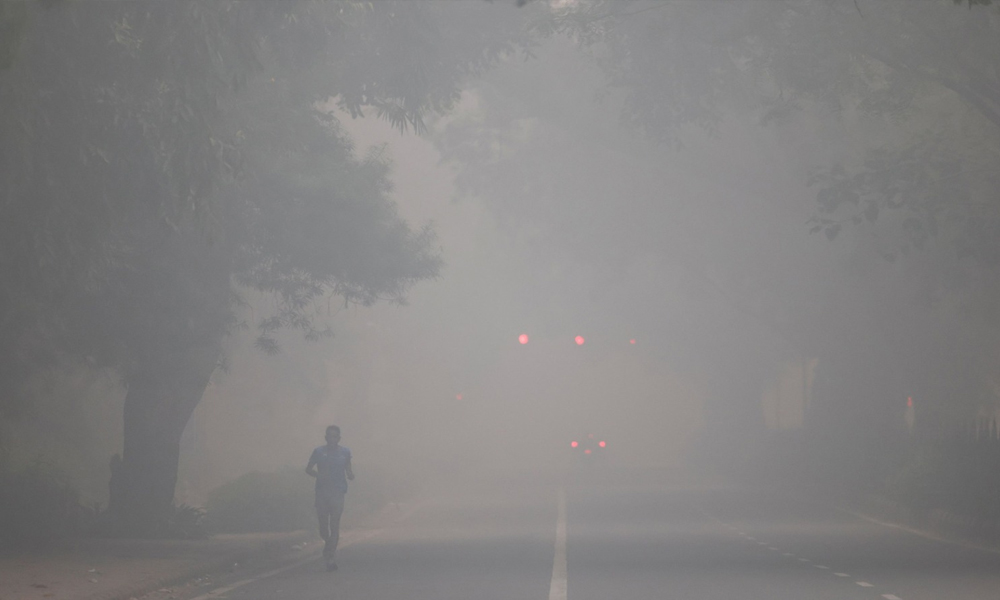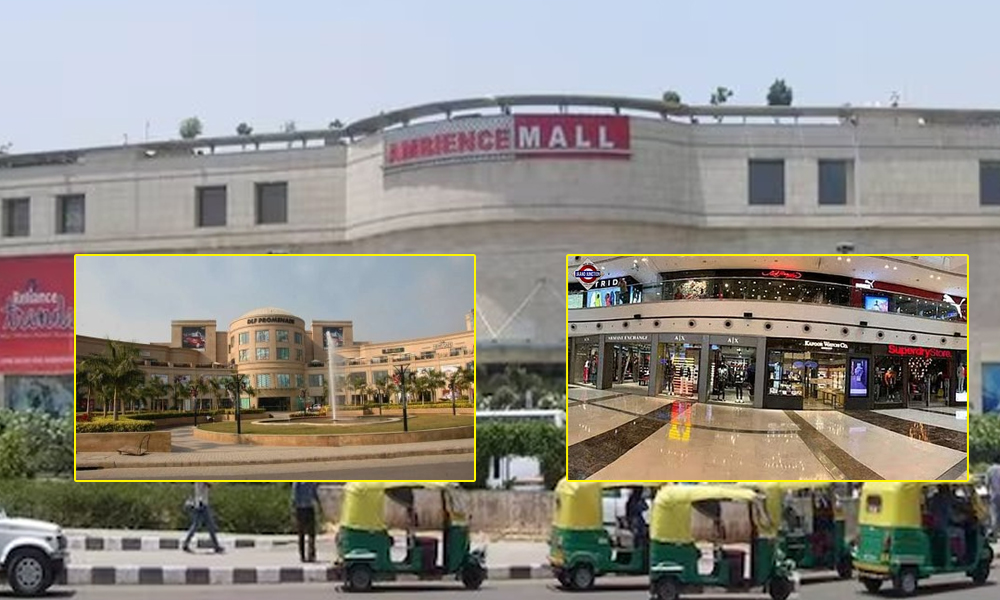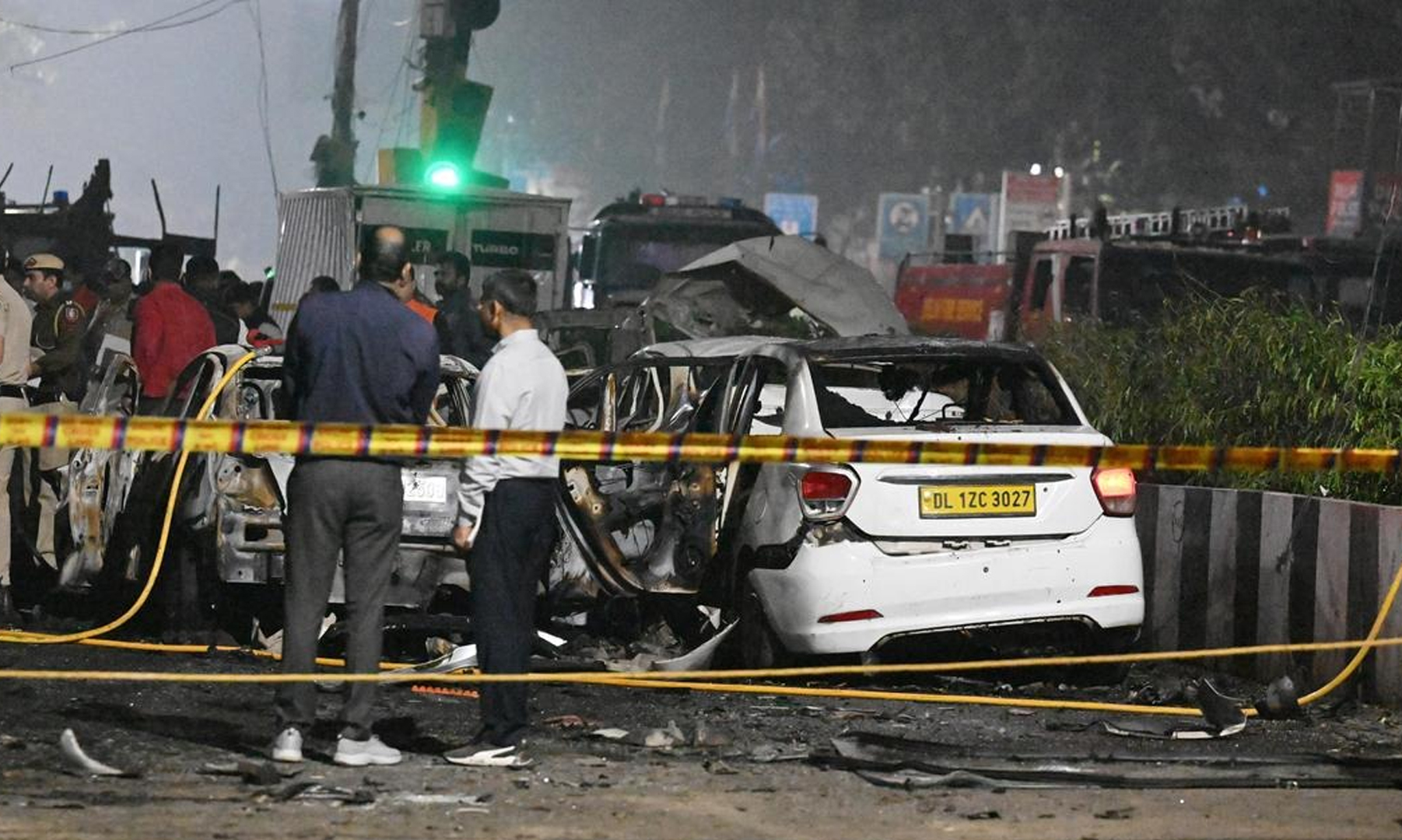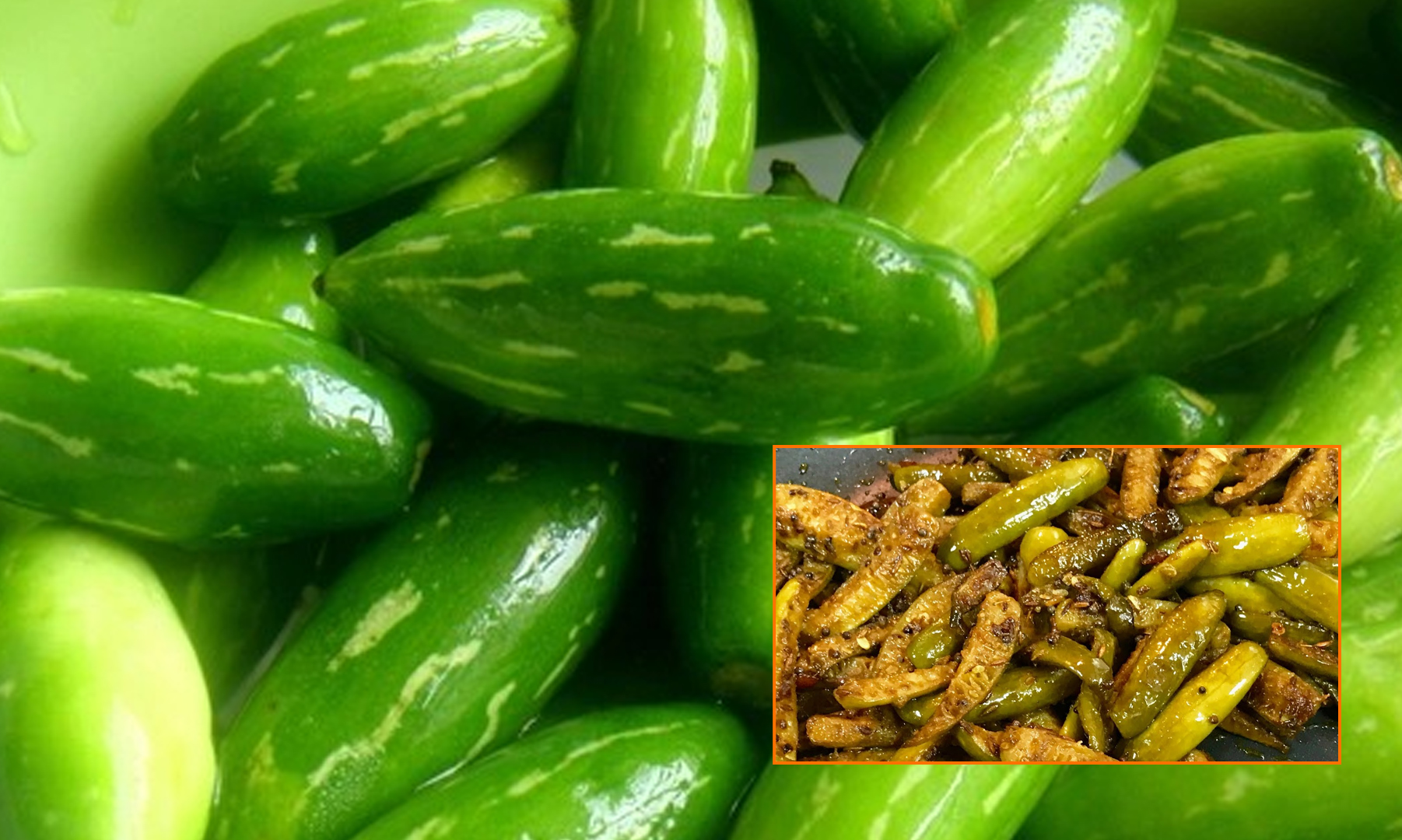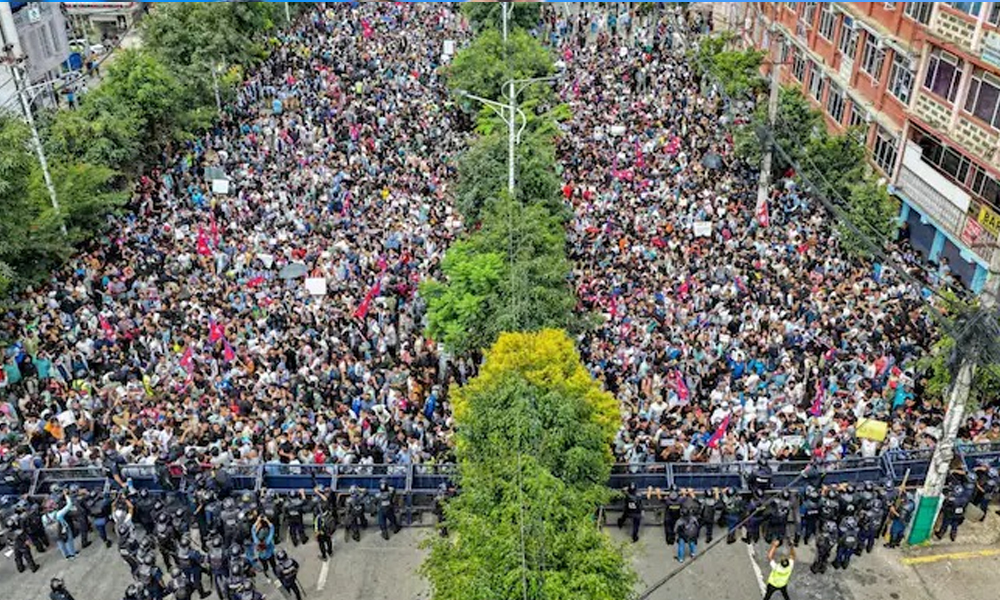The Ground data confirm that burning so-called ‘green’ crackers made no measurable difference compared to regular ones
Digital Desk: The India's capital, New Delhi’s air quality has deteriorated sharply following Diwali celebrations, with pollution levels inching close to a five-year high. Average concentrations of particulate matter (PM 2.5) across several parts of the city crossed 400 micrograms per cubic metre (µg/m³), levels not recorded since 2021.
Data released by the Central Pollution Control Board (CPCB), indicated that nine out of the 293 cities surveyed reported a high Air Quality Index (AQI) of above 300 which is classified as being very poor, on Diwali night. The next day, it had increased to 16 cities with majority of them in North India and the Indo-Gangetic plains. On Tuesday, 2st October , 2025, the Dharuhera in Haryana registered the lowest AQI of 462.
Climate Trends, a weather and climate agency, had included an independent analysis that showed a drastic increase in the levels of PM 2.5 in the city of Delhi in the period between 4 p.m. and 11 p.m. on the day of Diwali (20th October ). The level rose 150 to almost 650 µg/m 3 which fell within the two-hour time frame (8 p.m. to 10 p.m.) when the Supreme Court had permitted the bursting of firecrackers.
Although the Supreme Court had allowed only CSIR-certified so-called green crackers, which produce a third of the smoke of standard ones, massive violations of the rule had been noted. The toxic spike was caused by the sheer quantity of fireworks, as well as, the insufficient supply of green cracker.
Experts say weather conditions aggravated the situation. Despite relatively warm night temperatures of 23–25°C, low wind speeds trapped pollutants near the ground, preventing their dispersion.
As the environmental analysts observed, Diwali of this year has turned into one of the most polluted in the recent years. They also included that the insignificant change between green and traditional crackers underscored the importance of putting more stringent curbs and green options to ensure that the already compromised air quality in Delhi-NCR does not deteriorate.

